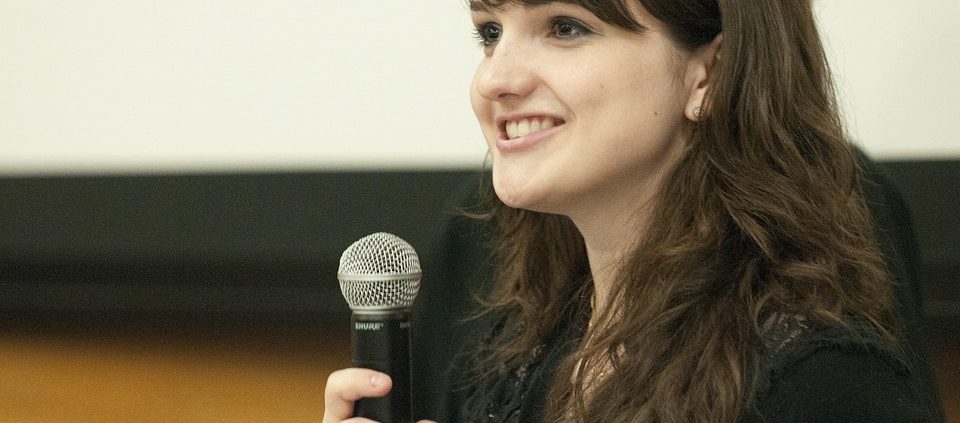The gift that keeps on giving.
You guessed it! The gift that keeps on giving is what DMG does best: media training.
Whether you’re new to interviews or just want to improve your performance, it’s always a good time to purchase a session for yourself and the media star (or stars) in your life.
DMG offers customized training to highlight strengths, increase confidence, and refine message delivery. Sessions can be organized for individuals or groups in hourly, half day, and full day increments, and all interview formats are fair game – TV or radio; satellite or in-studio; live or taped.
We know that every media interview is important, so let us help you be your best self behind the mic.





